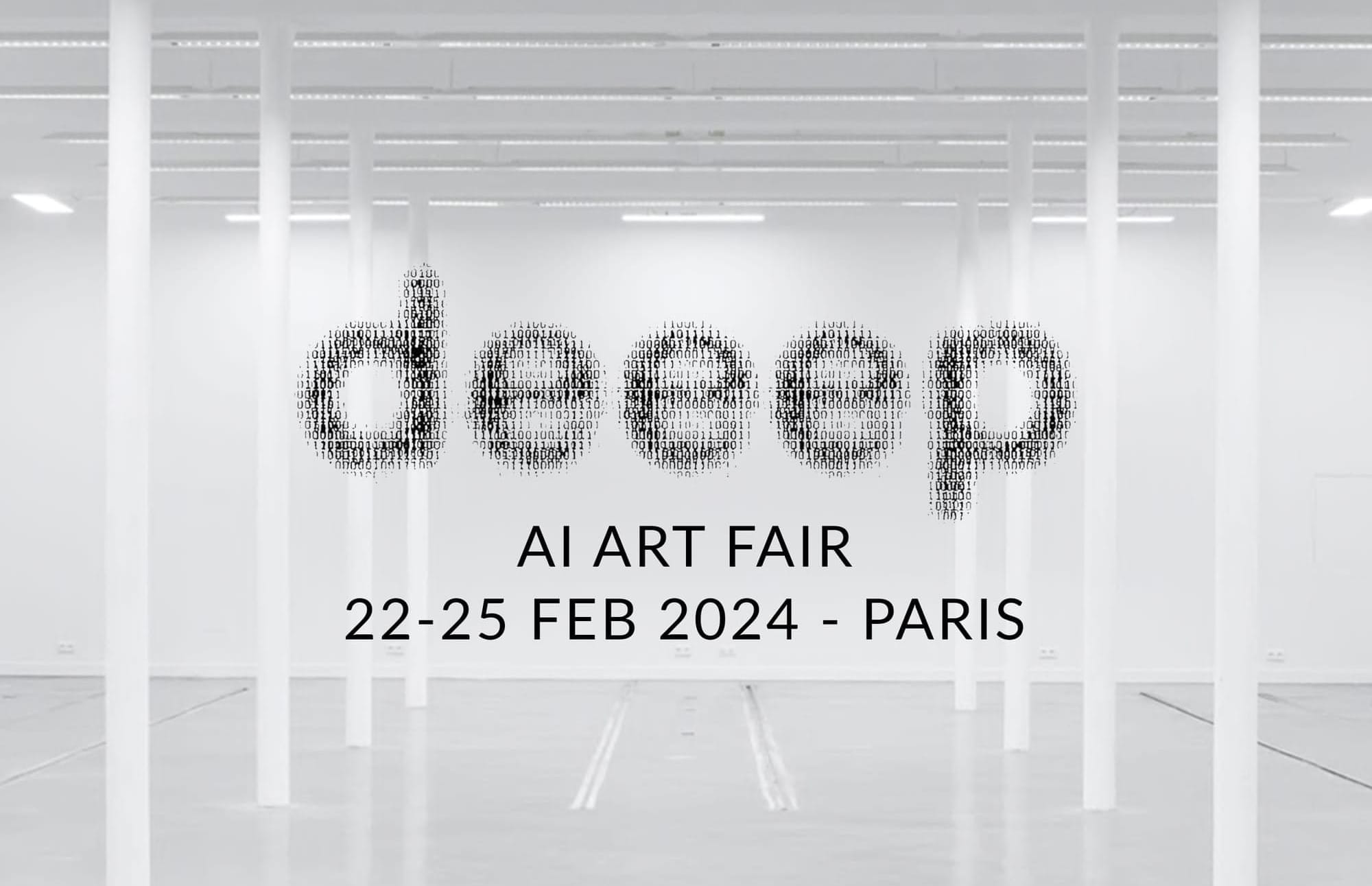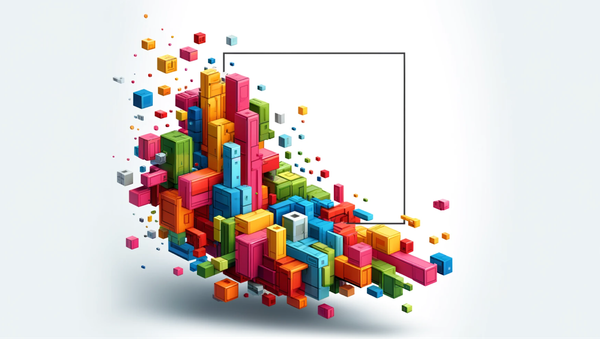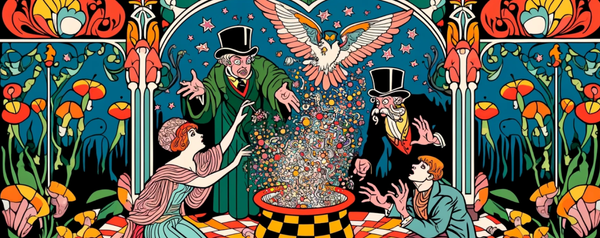Computer Art Got Worse in the Age of Machine Learning: Notes from an AI Art Fair
The best thing at the inaugural Paris deeep AI Art Fair was generative art from 55 years ago.

MoP is lucky to have Jing Cao on staff to cover all things AI art. There is no way I could have walked through NFT Paris without being immediately outed as an interloper. I cannot control my facial expressions when faced with crypto enthusiasts and I'm so thankful to have Jing to guide us through the possibly legitimate, possibly fraudulent, world of AI generated art. Is this medium the next photography or the next NFTs? It's not an easy question to answer.
--Erica

I visited the first Paris iteration of the deeep AI Art Fair late on a Thursday afternoon. Exhibitors were still setting up and visitors were outnumbered by gallerists and organizers. The fair was timed to coincide with NFT Paris at the end of February. Entry to the NFT conference was $500+, but entry to the art fair was free (read into that what you will).

The bulk of what I saw fell in the category of “prompt art,” that is, images made with commercial generative AI models. (e.g. Midjourney, DALL-E etc.) Some were impressively high resolution prints enhanced with editing technologies like Photoshop. Others were poised for commercial success given their sexy subject matter and low price point. And some showcased new technologies, including one work that transferred an image into oil on canvas.
Mostly, these works fell flat for the same reason prompt art usually does — asking someone else to make you a picture does not count as making art. That's true regardless of whether that someone else is a person or a computer program.

One of the most provocative projects was Blue Lard. The work takes its name and inspiration from Vladimir Sorokin's novel, in which great Russian writers — Tolstoy, Dostoyevsky, Chekhov, Nabokov — are cloned in a Serbian genetic laboratory and set to work writing their manuscripts. During the process, a mysterious blue lard accumulates under their skin.
The artists and prompt engineers — what AI artist Mario Klingemann calls ‘prompteurs’ — used AI models to illustrate Sorokin’s story about technology replacing human creativity. The works attempt to operate at the mind-bending heights of concept art, but end up feeling like assistive technology for an unimaginative reader.
The artists fail to recognize that the value of a narrative image is determined not by the quality of the story, but by the quality of the artistic interpretation. And the interpretation of a commercial model, however skillfully prompted, is always already banal. It would have been more interesting had the prompteurs just rendered their phrases on canvas.

The show's highlight was RCM Gallerie’s exhibit of generative art from the 1960s and 70s. These included a couple Ken Knowlton prints of museum quality, art-historical ASCII Art. There were also works from Frank Malina — a JPL engineer who later moved to France and became a painter — and many examples of plotter art from the mid-20th century.
These works emerged from a time when abstraction and algorithmic thinking were influencing artists and technologists alike. Sol LeWitt was producing sets of instructions that anyone could follow to make a painting. John Cage and Merce Cunningham were using chance procedures to generate new forms of music and dance. And programmers like Knowlton and Malina were exploring how computers, given simple instruction sets, could generate abstract visual art.
Half a century later, these early generative art works still feel avant-garde. Computer art from the 60s and 70s expanded the domain of what art could look like. Prompt art, in contrast, will always be derivative of the images in a model’s training set.

All prompt art is produced by exploring the latent space of a pre-made commercial model. But the subset of images that DALL-E or Midjourney can produce is already predetermined by the processes that make them. A generative AI model cannot evolve entirely new ways of making images. It can’t "invent" photography from painting, or abstraction from surrealism, the way humans did.
AI artist Jon McCormack and others have pointed out that these models are "parasitic on human culture and art." They depend on human creativity to "feed" them data while simultaneously draining human art of its vitality. And as the training set for generative AI models becomes increasingly composed of — and polluted by — AI-generated images, these models train us to accept certain limitations to what kinds of images are possible.




Comments
Sign in or become a Machines on Paper member to join the conversation.
Just enter your email below to get a log in link.